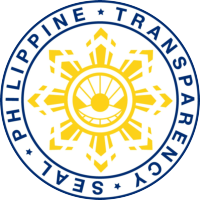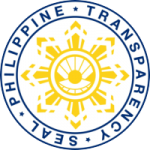Proponent(s)
Hannah Marie C. Entatano, Jomar N. Bertes, Regiemar T. Bertes, Dyan D. de Leon, and Jovell O. Pepe
Abstract
The Tigbao-Caibaan Bypass Road in Tacloban City has seen an increase in road crashes, causing property damage, injuries, and fatalities. This study evaluates road safety using the DPWH Risk Assessment Tool, which classified Brgy. Abucay as the highest-risk area based on crash data. Five sections within this barangay were assessed using both the DPWH Risk Assessment Tool and Demasi’s Model, yielding consistent results—all sections were classified as low-risk under DPWH’s framework. However, Demasi’s Model further categorized Sections 3 and 4 as low risk, while Sections 1, 2, and 5 were classified as non-relevant risk due to fewer infrastructure deficiencies. Despite the lowrisk classification, Sections 3 and 4 exhibited significant infrastructure deficiencies, including missing pedestrian crossings, inadequate sidewalks, lack of traffic signals, and poor visibility. Spot speed analysis revealed excessive speeding at Station 3 (85th percentile speed of 41.88 km/h), particularly concerning near a school zone. This research suggests traffic calming measures, better signposting, pedestrian crossings, and infrastructure development to reduce risks. These evidencebased interventions, as per DPWH safety standards, can enhance road safety and inform local policy and enforcement initiatives.
Publication Date
April 2025
Citation
Entatano, H. M. C., Bertes, J. N., Bertes, R. T., de Leon, D. D., & Pepe, J. O. Enhancing road safety on Tacloban Bypass Road, Philippines: A GIS-based risk assessment.





